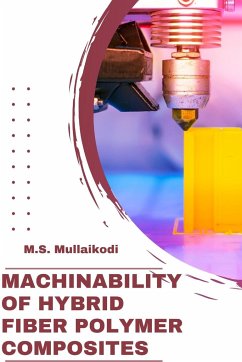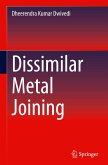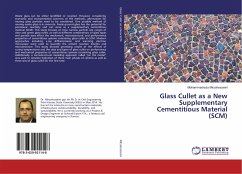The machinability of hybrid fiber reinforced polymer composites has become a vital area of research due to the increasing demand for these materials in various applications. This study, conducted by M.S. Mullaikodi, focuses on the mechanical and dynamic properties of these composites under static and dynamic conditions, specifically regarding cutting force, tool wear, delamination, and surface roughness. The research analyzes various machining parameters, including cutting speed, feed rate, depth of cut, temperature, cooling techniques, and lubrication, in order to enhance the machinability of these materials. Additionally, the study examines the effects of different fiber types and orientations, as well as fiber-matrix interfacial bonding, fiber length, content, and volume fraction, on the machinability of the composites. Natural fibers such as jute, flax, sisal, kenaf, bamboo, and hemp, as well as synthetic fibers such as carbon, glass, and aramid, are analyzed in this study. Machinability enhancement is achieved through optimizing tool material and geometry, as well as through the development of new machining techniques. Mechanical testing is conducted using scanning electron microscopy, X-ray diffraction, Fourier-transform infrared spectroscopy, thermogravimetric analysis, and dynamic mechanical analysis, while dynamic testing is performed using ultrasonic testing and acoustic emission techniques. The results of this study provide valuable insights into the machinability of hybrid fiber reinforced polymer composites, and the findings can be applied to the development of these materials for various industrial applications.








